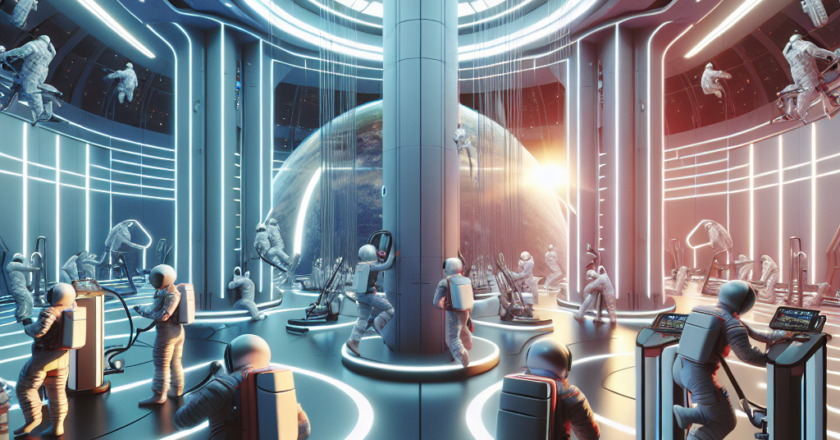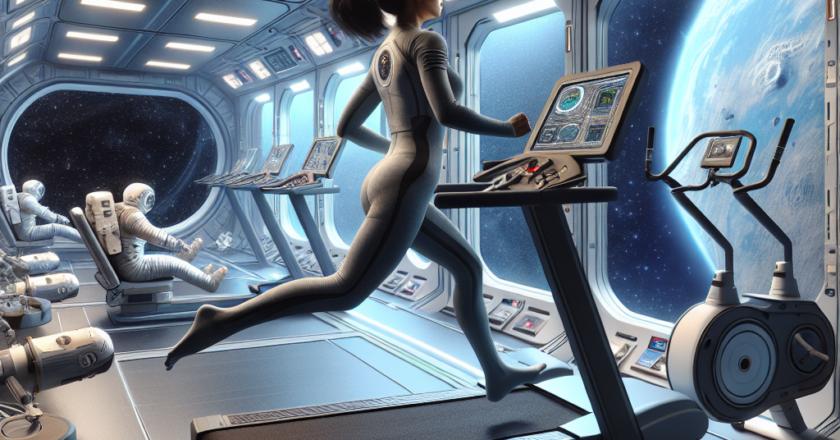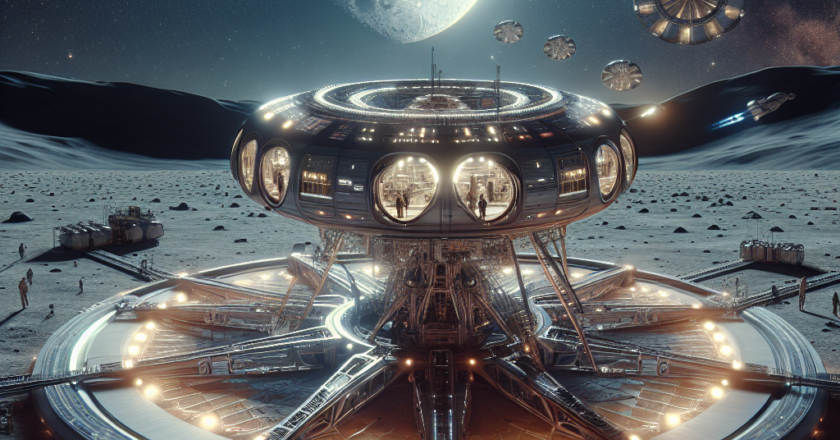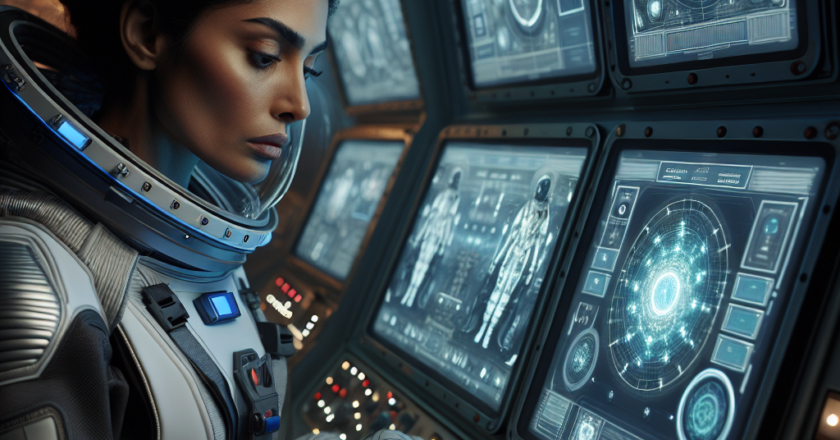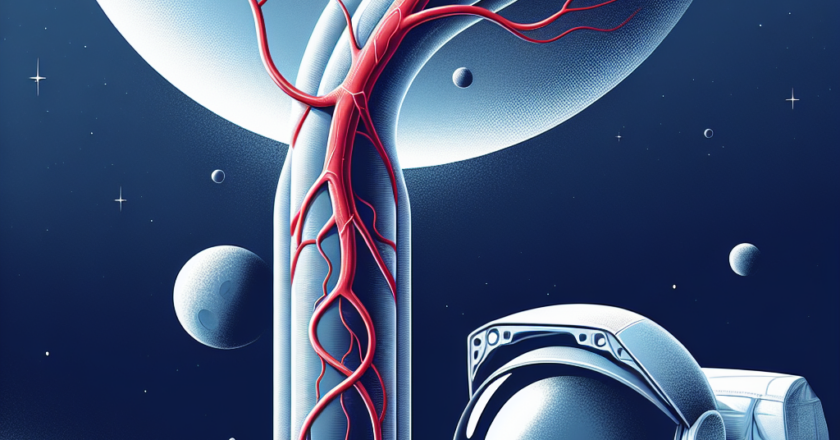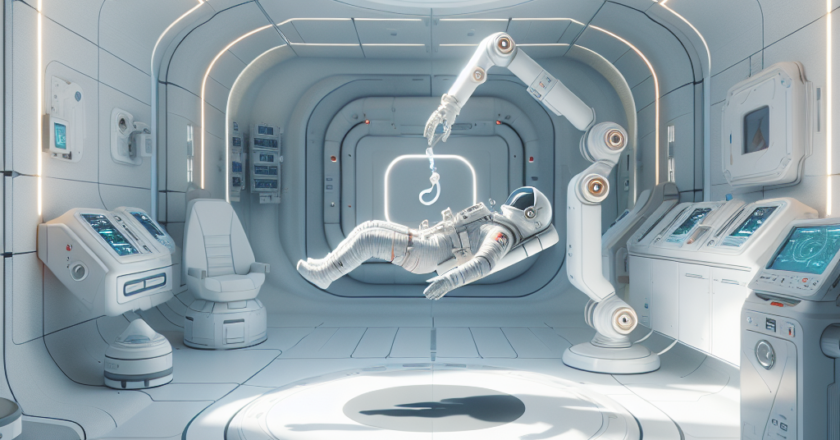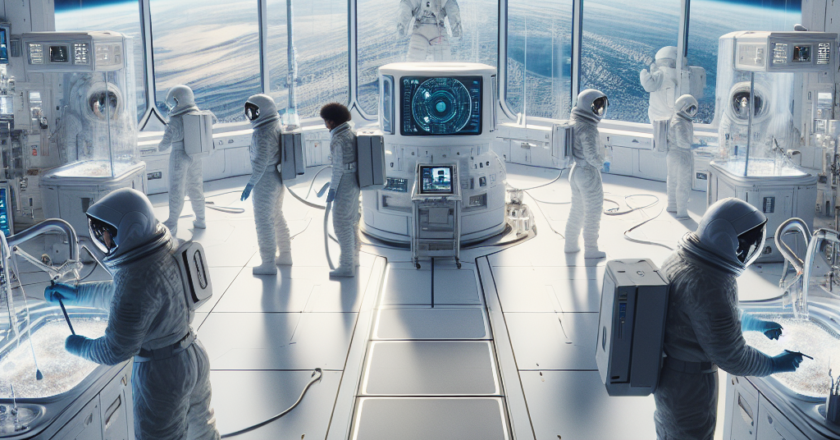Managing Risks in Human Spaceflight: Strategies for Astronaut Safety
# Summary of the Article "Managing Risks in Human Spaceflight"
## Main Ideas:
- Risk is a natural element in human space exploration.
- To enhance astronaut safety, risks need to be comprehended, controlled, and minimized.
- Risk management in human spaceflight can be perceived as a system based on trade-offs.
- Evidence from life sciences, medicine, and engineering is scrutinized to discover methods to mitigate risks.
## Author's Take:
Understanding, assessing, and containing risks within human space missions is crucial for the safety of astronauts. By treating risk management as a balanced system and leveraging insights from various disciplines, the space industry can continually enhance its approach to ensure successful and secure expeditions beyond our planet.
Click here for the orig...


